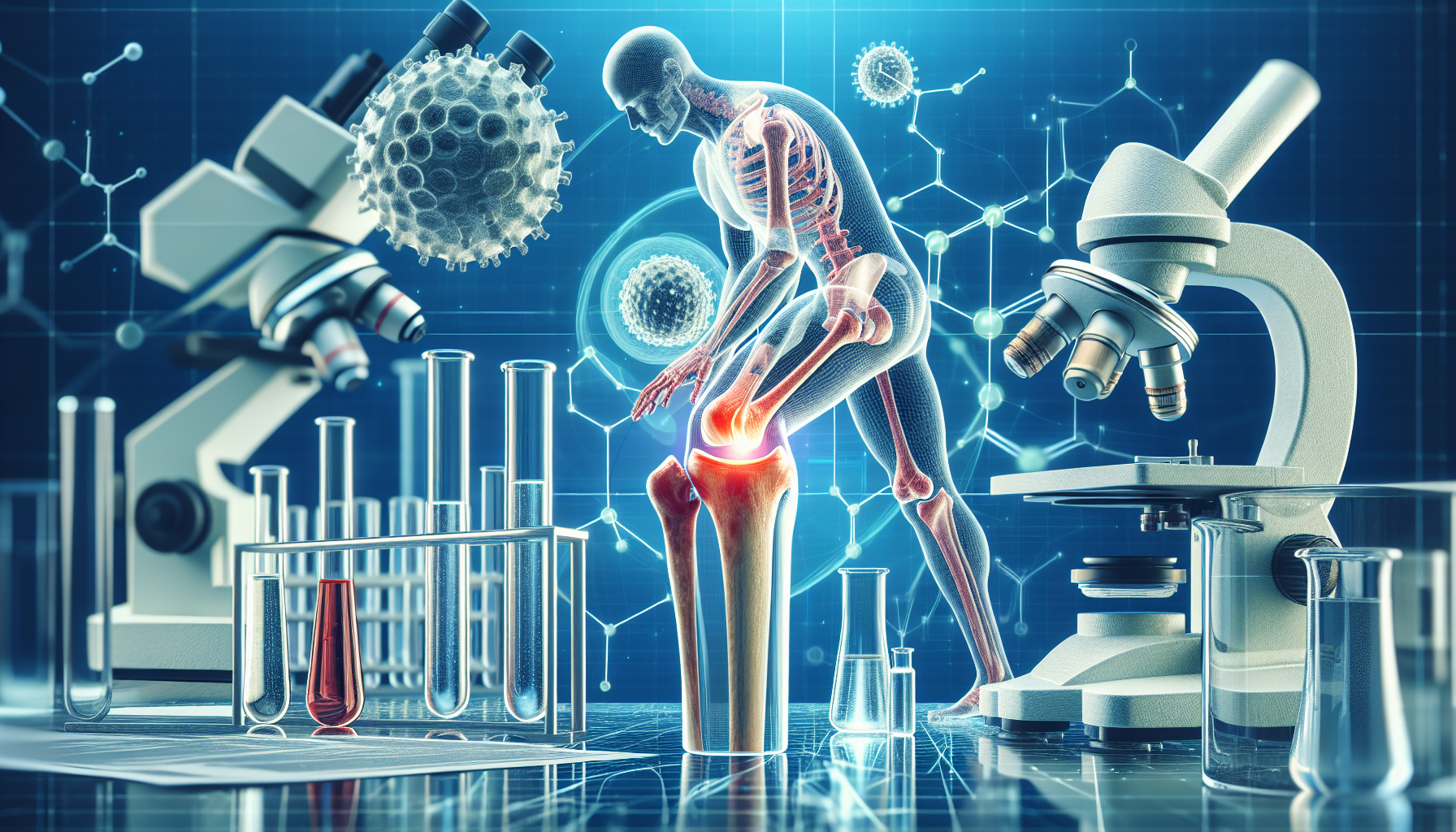The Impact of Humeral Position on Shoulder Surgery Outcomes
Key Takeaways
- Neutral and retroversion positioning of the humeral component in RSA show similar outcomes.
- Pain relief and functional improvement do not significantly differ between the two humeral component positions.
- Surgeons can use discretion when choosing the humeral component version during RSA.
Did You Know?
Introduction to Reverse Shoulder Arthroplasty
Reverse shoulder arthroplasty (RSA) is a surgical procedure designed to improve shoulder function in patients with severe arthritis or rotator cuff injuries. This surgery involves replacing the damaged shoulder joint with a prosthetic implant. The placement and alignment of the humeral component, a crucial part of the prosthetic, can impact the surgical outcome.
Study Overview: Humeral Component Positioning
A recent study aimed to evaluate the effects of different humeral component positions in RSA. Researchers led by Dr. J. Michael Wiater focused on the outcomes of patients who had their humeral component placed in either a neutral position or at 30° of retroversion.
Patient Groups and Methods
The study included 66 patients randomly assigned to one of two groups: neutral humeral version or 30° retroversion. The median age was 70 years in the neutral group and 71 years in the retroversion group. Outcome measures assessed included American Shoulder and Elbow Surgeons (ASES) scores, VAS pain scores, Patient-Reported Outcomes Measurement Information System-10 (PROMIS-10) physical scores, range of motion, muscle strength, and complications.
Outcomes for Range of Motion and Muscle Strength
At the minimum 2-year follow-up, researchers observed no significant differences between the two groups in terms of abduction, forward elevation, internal rotation, external rotation, or muscle strength. Both groups demonstrated comparable improvements in shoulder function.
Pain and Functional Scores
In terms of pain and functional scores, including ASES and VAS, the outcomes were similar across both groups. Neither group showed a significant advantage, suggesting that the angle of the humeral component did not impact pain relief or overall shoulder function heavily.
Complications During Follow-Up
Complications were minimal in both groups. In the neutral version group, one patient required revision for instability, one required revision for stiffness, and seven patients developed scapular notching. In the 30° retroversion group, one patient had an acromial stress fracture, and five patients experienced scapular notching.
Research Conclusions
The study concluded that the version of the humeral component (neutral vs. 30° retroversion) in RSA does not significantly impact patient outcomes. Surgeons can select the humeral component position based on their discretion and patient-specific needs without affecting the overall effectiveness of the surgery.
Management of Shoulder Condition Post-Surgery
Post-surgery management is crucial for recovery. Patients should follow a structured rehabilitation program that includes physical therapy tailored to their specific surgery and condition.
Future Research Directions
Further research may focus on long-term outcomes beyond the 2-year follow-up and explore other variables that could influence the success of RSA, such as patient activity levels and additional surgical variables.



